10 WAYS TO PROTECT PUPPIES IN YOUR HOME

One of the most exciting events in the life of dog lovers is their final decision about owning a dog. With that feeling, there is pressure to know everything a new owner needs when the mates come home with them. If you're getting a new dog, read on to learn how to protect your home!

Caring for a dog means adapting your lifestyle to fit its needs. To do this, you need to understand your dog's needs, temperament, and future tendencies - this helps to prepare and determine how to create a comfortable space for your home.
Many people think that owning a dog is just for hanging out or for company. However, in reality, it is much more than that. Whatever your reason, knowing how to meet their needs is vital to your dog's safety and health.
Before adopting a dog, research what lifestyle and environment they need. Although most dog breeds are similar, each breed has a special need that other dogs have that are not the same. Knowing these specifics is very important for both the owner and the dog. Why? This is because taking care of a dog is a lifelong commitment and you want to make it fun for everyone.
Just make sure your home is safe, you've ticked a lot of boxes on your to-do list for the future! With the puppy-proof house, you won't have to worry as often. Here's how you can get started:

It's a well-known fact, as all dog parents know, that dogs seem to enjoy rummaging through the trash, even when they always have access to perfectly clean food. Not to mention puppies are attracted to the smell of litter and will inevitably pass by them when left alone.
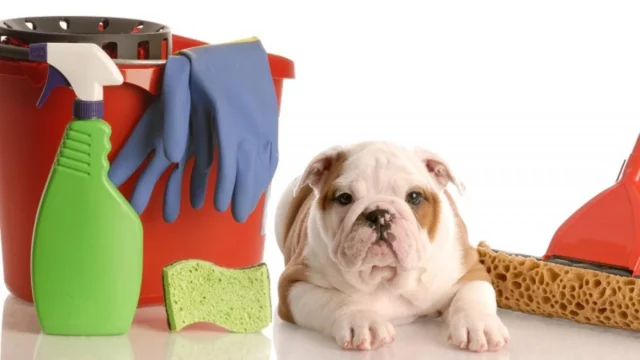
Avoid floor cleaners that contain bleach, as this can irritate your puppy's paws. You can find many dog-safe alternatives at the grocery store to replace common cleaning chemicals, but if you don't already have one, you can use baking soda and water or vinegar! (Remember, it's still better to use products that are safe for dogs).
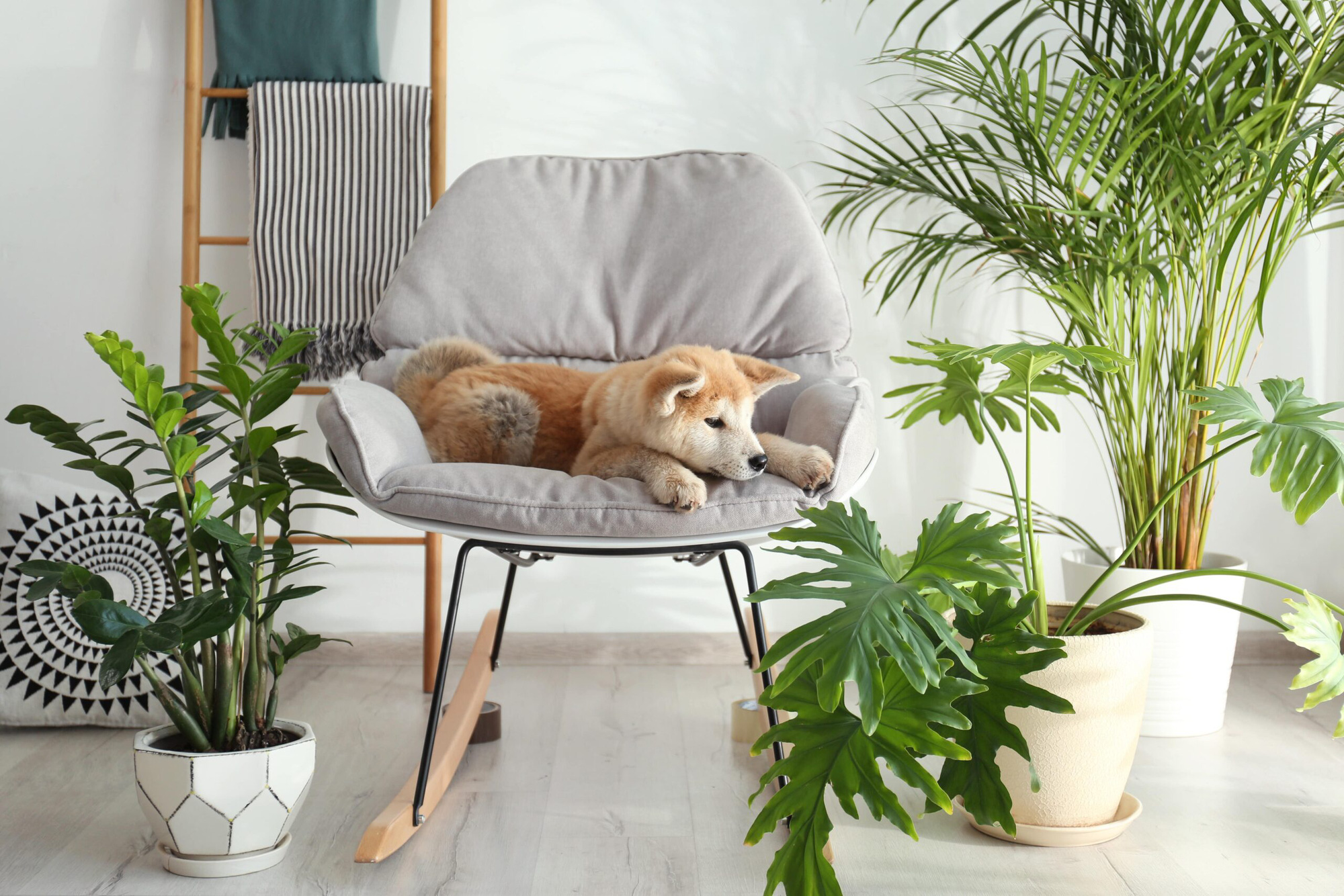
You may be tempted to buy this beautiful decorative plant because you always want to add some vibrancy to your space, but make sure it is non-toxic. It's best to know which plants are dog-friendly to avoid unnecessary trips to the vet.
As your dog gets older, they won't want to eat your food anymore. So don't worry! Wait until your pet is old enough. Plus, you can strategically place plants in places that your dog can't reach.
4. Organize your wires and cables

You can see the cords powering your appliances and gadgets, and your dog treats it like a new chew toy! For your puppy, anything is a toy.
For everyone's safety, make sure to keep your cord/cable out of your dog's reach or sight, especially during their teething phase. Better be careful than spend more money on new cables.
5. Keep valuables out of reach
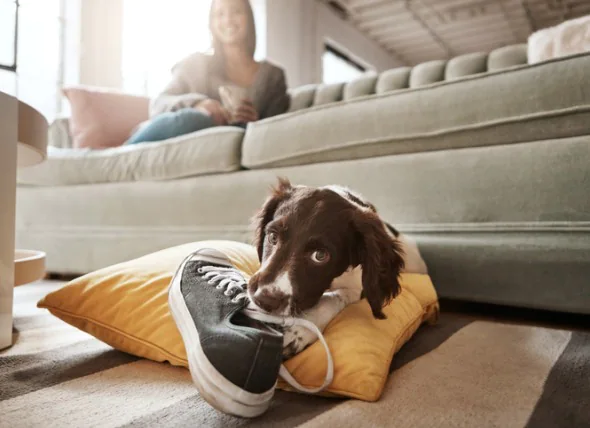
For your own sake, if you don't want to say goodbye to your favorite book or keychain, keep them out of your dog's reach. If you leave things on the floor or within reach, be prepared to say goodbye, as it will be a miracle if it survives the teething phase of your dog.

It might not make sense to you, but it's a magical place for dogs to think your toilet is their new water cooler. Unless your goal is to potty train them in the bathroom and allow them in at certain times of the day, it's best to stay away from them.

You need to make sure that your dog is as comfortable as possible in the space you have. A new dog will take some time to adjust to their new home, so making sure they have their own space and a few nooks and crannies will make them less fearful. After all, this is their home now, and they deserve something that belongs to them, whether it's just a crib or a blanket in the corner.
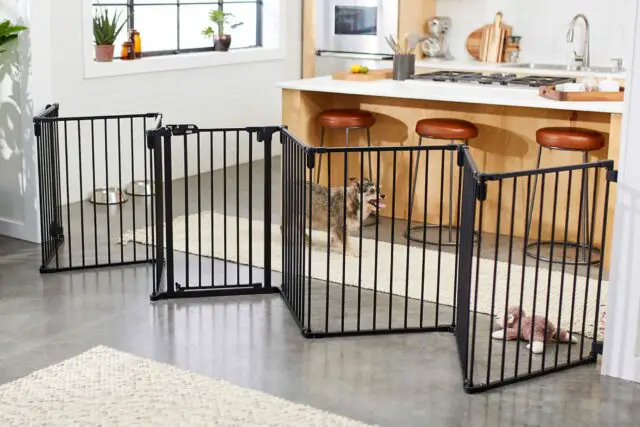
It's not required, but if you're someone with enough space, it can be a good investment. This way, you can keep your dog away from certain areas of your home unless you allow them. Most dogs will eventually outgrow the fence, but you can train them as puppies and take them with them as they grow.

It's not a puppy test, but it's important. If you let your puppy eat human food on the table, they will get used to it and when they grow up, they will think your food is theirs too. This can cause them to jump on the table and start eating in your absence, or even stay by your side while you beg. Now, if you don't mind, we won't stop you.
10. Have your changing pads and mop ready
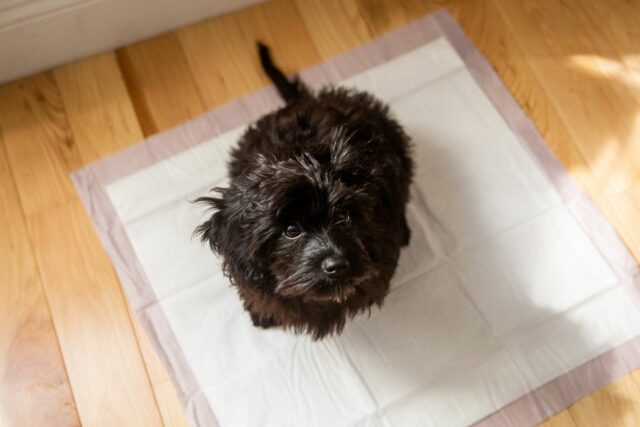
A new puppy has no bladder control, so they will pee anywhere! Disposable or disposable cloth changing pads will be very helpful at this stage as they will relieve you of the stress of having to do the laundry. It's better to have a mop ready because accidents can still happen.
While bringing a new pet home can be exciting, it's your responsibility to learn insights into how to protect pets in your home - that doesn't mean it's bad. Not interesting! Checking out puppies is also a way to let your dog know what is and isn't allowed in your home, and it can also train them. It's a constant learning process and you'll get to know your good friends over time. It's just hard at first because all new things tend to be like that, right?
Share with other fur parents and exchange tips with each other!
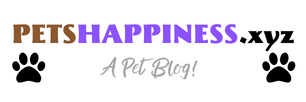



Post a Comment